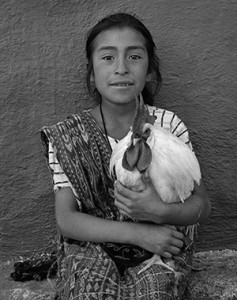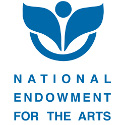 Exhibition of photographs by Michael Plyler runs from June 9 through July 14, 2014 at the Canyon Community Center in Springdale, UT.
Exhibition of photographs by Michael Plyler runs from June 9 through July 14, 2014 at the Canyon Community Center in Springdale, UT.
The Loss of Cultural Identity in a Rapidly Changing World
The highland Maya of Guatemala are direct descendants of the pyramid-builders of such classic Maya sites as Tikal, Palenque, Caracol, and others. The Maya have been a continuously existing culture for 4,500 years, predating Rome by almost 1,000 years. They were the first culture to develop the mathematical concept of zero, which was not used in Europe until 1200 A.D. Their astronomical accomplishments are formidable. They calculated the path of Venus with an error of only 14 seconds a year, their lunar cycle was accurate to within 24 seconds of today’s atomic clocks, and their calendar projected 30,000 years into the future has an error of less than three minutes.
Michael Plyler has been photographing the Maya of Guatemala since 1982 and has made 15 trips there between 1982 and 2008 to record his vision. Trained as an archaeologist, Plyler brings an anthropological perspective to his photography. Over the course of the years his black and white portraits record the subtle changes and diminishment of the traditional dress, or traje. His photographs of the Maya are contained in the permanent collections of the Museum of the American Indian, the Heard Museum, the San Diego Museum of Man, the Museum of International Folk Art in Santa Fe, the Barrick Museum of Natural History at the University of Nevada – Las Vegas, the Museo Ixchel in Guatemala City, Instituto Guatemalteco de Turismo in Guatemala City, and the premier research center in Central America, Centro de Investigaciones Regionales de Meso America (CIRMA) in Antigua, Guatemala. In 2013 Michael had the distinct honor of having a large body of his Mayan portraits added to the permanent collection of the National Museum of the American Indian at the Smithsonian in Washington, D.C.
 |
This project is supported by Utah Arts and Museums, with funding from the State of Utah and the National Endowment for the Arts . |
 |
: Support for this event provided by The National Endowment for the Arts |

